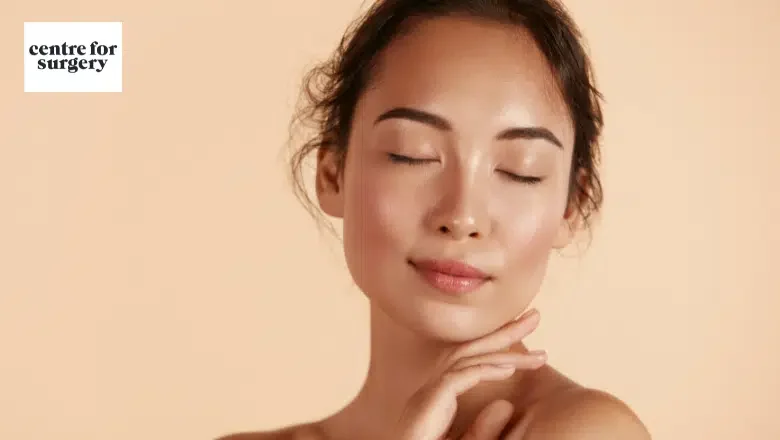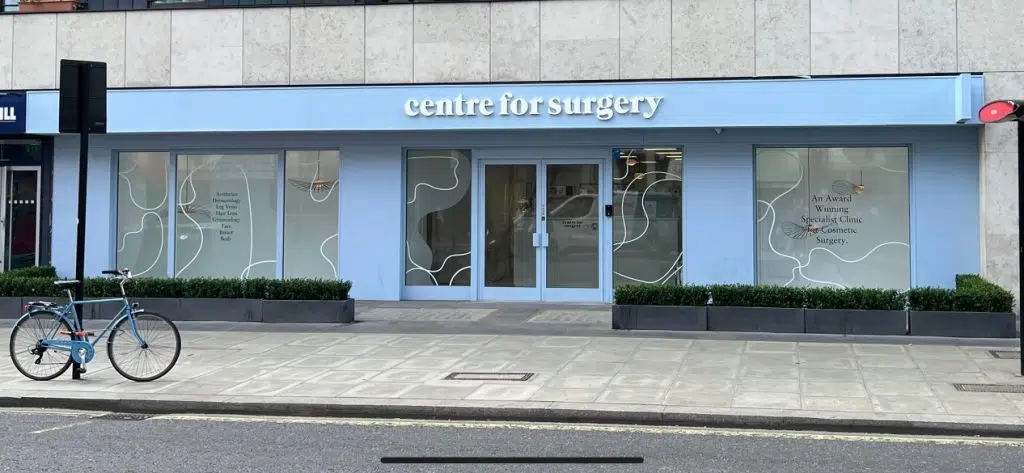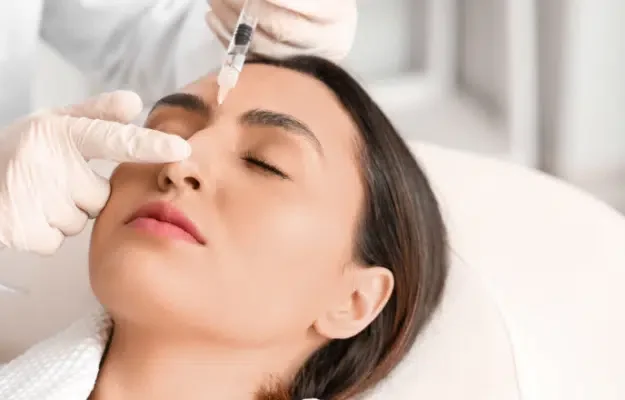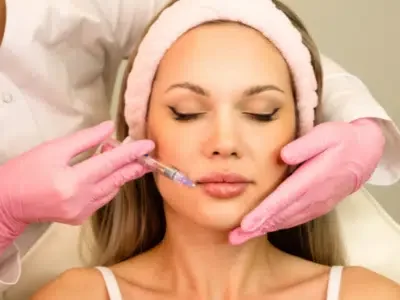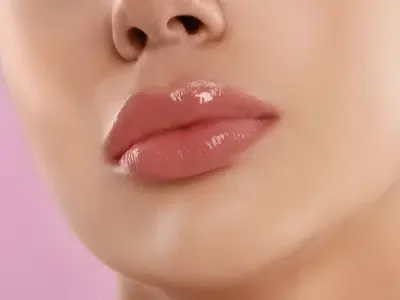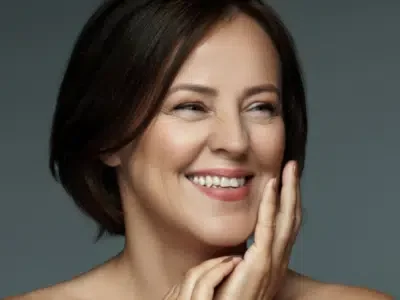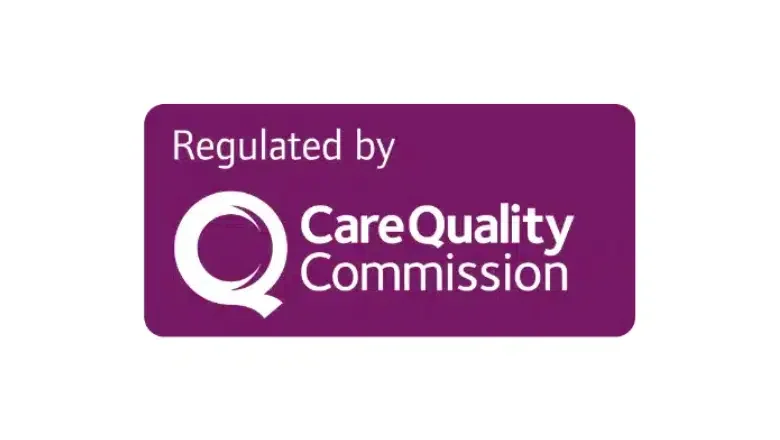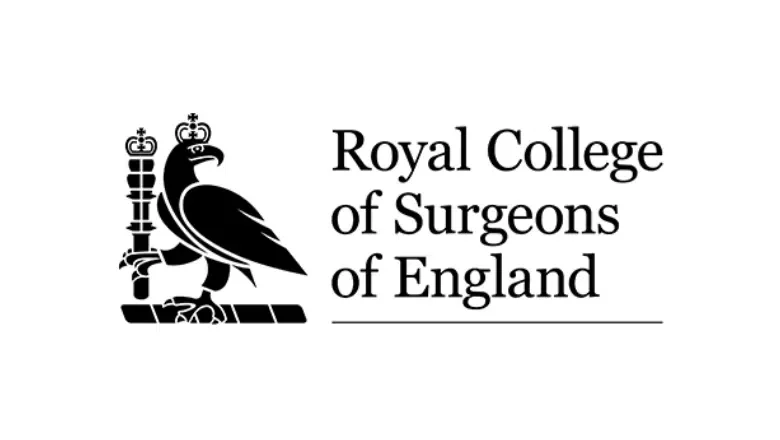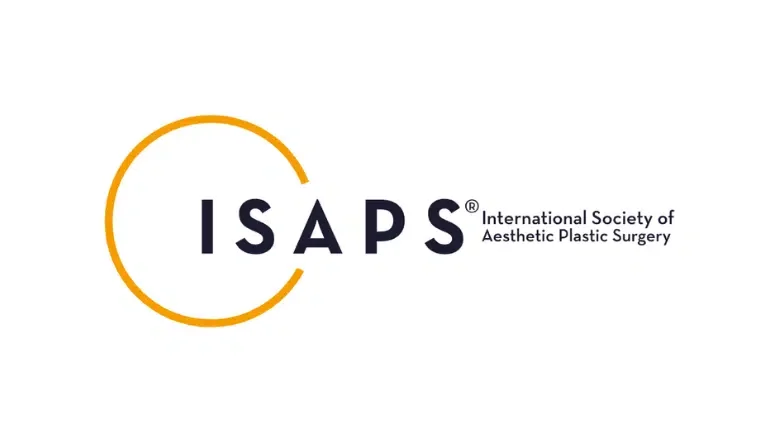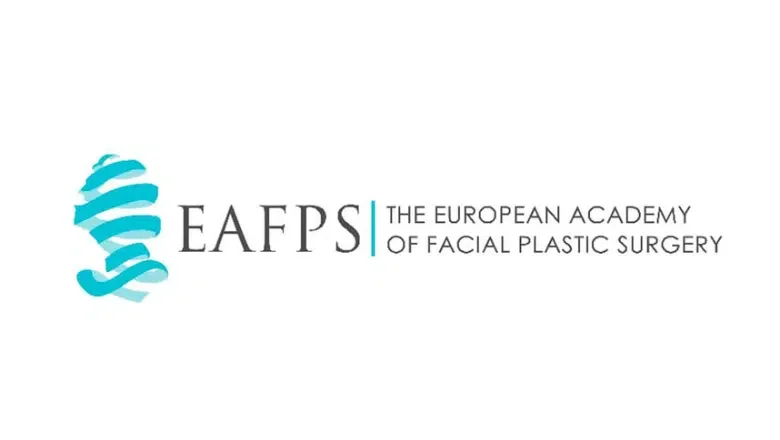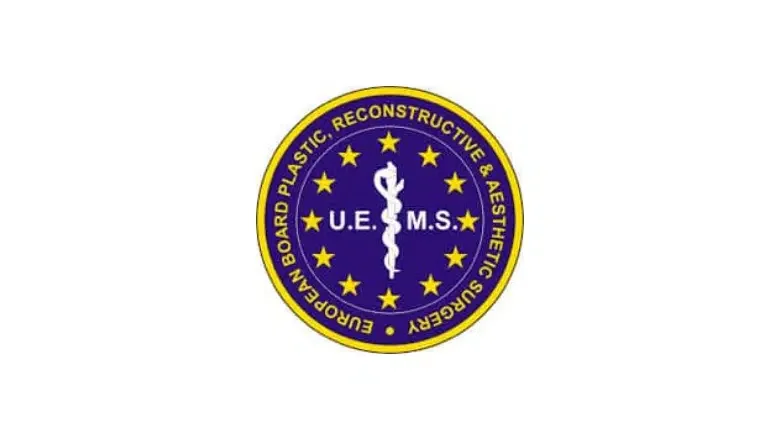Ageing Gracefully: Addressing Malar Bags and Festoons
It’s an accepted truth that time leaves its mark on us. As the years roll by, subtle transformations appear. The soft crinkles around our eyes deepen, our once radiant hair starts to turn silvery, and our skin might showcase spots that speak of memories under the sun. These are the typical hallmarks of ageing. But, while many of these changes are embraced as a testament to a life well-lived, others can sometimes shadow how vibrant we feel inside.
Malar bags and festoons are such changes. These pesky swellings around the eyes and cheeks can make us look more tired and older than we actually feel. They’re more than just another wrinkle or laugh line; they can make a significant difference to one’s appearance, affecting self-confidence.
The good news? There’s no need to let malar bags and festoons dictate how you feel about your reflection. At Centre for Surgery in London, we’re armed with state-of-the-art treatments designed to address these specific concerns. Our experts are well-versed in both surgical and non-surgical methods to rejuvenate the area around your eyes, ensuring that you not only look your best but feel it too.
RELATED: Nasojugal Fat Pads – Causes and Solutions
What are Festoons?
Festoons, also known as malar mounds or malar bags, are collections of skin and fat that occur on the upper cheeks and lower eyelids. They can give the appearance of puffiness or sagging in these areas and can be caused by a combination of factors, including sun damage, genetics, and medical conditions.
What are Malar Bags?
Malar fat pads, also known as “festoons,” are collections of fat and skin that occur on the upper cheeks and lower eyelids and can give the appearance of puffiness or sagging in these areas.
RELATED: What Are Eye Bags Under The Eyes?
The malar fat pads are formed by fatty tissue that accumulates in the malar (cheek) area and can be caused by a combination of factors, including sun damage, genetics, and medical conditions. These pads can be congenital or acquired.
The malar fat pads are located in the suborbicularis oculi fat (SOOF) and submalar fat compartments. The SOOF is the fat that sits on top of the orbicularis oculi muscle, which surrounds the eyes and the submalar fat is the fat that sits below the muscle.
The malar fat pads can be caused by various underlying medical conditions, such as lymphatic obstruction, which can lead to fluid accumulation in the face, exacerbating the appearance of malar fat pads. Other underlying medical conditions such as certain autoimmune disorders, chronic sinusitis, and allergies can also cause malar fat pads.
In some cases, malar fat pads can be treated with a variety of cosmetic procedures, including laser resurfacing, blepharoplasty (eyelid surgery), or other cosmetic procedures. However, it’s best to consult with a specialist facial plastic surgeon to determine the best course of treatment for your individual case, as underlying medical conditions must be ruled out and treated before any cosmetic procedure is considered.
What causes Festoon Eye Bags?
Festoons are caused by a combination of factors, including:
- Loss of volume in the mid-face: As we age, we lose volume in the cheeks and mid-face, which can cause the skin to sag and create a hollow appearance.
- Sun damage: Sun damage can cause the skin to lose elasticity and become thinner, contributing to the development of festoons.
- Genetics: Some people may be predisposed to developing festoons due to their genetic makeup.
- Facial nerve damage: Damage to the facial nerve can cause the muscles in the lower eyelids and cheeks to weaken, leading to sagging skin and festoons.
- Sinus issues: Sinus issues can cause fluid to build up in the lower eyelids and cheeks, leading to puffiness and bagginess.
Understanding Malar Bags and Festoons: Can They Be Removed?
Absolutely, it’s possible to address both malar bags and festoons. Let’s look at some of the treatment options:
1. Surgical Methods:
- Lower Blepharoplasty: This surgical approach specifically deals with issues surrounding the lower eyelids. It’s particularly effective in reducing the appearance of malar bags, giving a refreshed look.
- Mid-facelift: This procedure targets the mid-face area, such as the cheeks. It’s beneficial for those who have festoons – those puffy, saggy bits on the upper cheek right below the lower eyelid. By lifting and tightening this area, it can give a rejuvenated appearance.
2. Non-Surgical Methods: While surgery offers more permanent solutions, there are non-invasive treatments available:
- Dermal Fillers: These are injectables that can fill in and smooth out certain areas of the face. They can provide some relief from malar bags and festoons. However, the results are temporary.
- Morpheus8: This is a more recent treatment that combines microneedling with radiofrequency technology. It’s designed to tighten and rejuvenate the skin. Like dermal fillers, the results might not be as long-lasting as surgery, so you’d need to revisit the clinic every so often for top-ups.
Do Malar Bags and Festoons worsen with age?
As we get older, malar bags and festoons (those puffy areas on our cheeks right under the eyes) might become more noticeable. Why does this happen? Well, our skin has special proteins called collagen and elastin. Think of these proteins like the springs in a mattress – they help keep our skin bouncy and firm. Over time, these proteins break down, making our skin less tight. Add to that, some fat around our eyes can start to push outwards, making these areas more puffy.
So, if you’re starting to notice these bags or festoons more and it’s bothering you, what can you do? Speaking to a plastic surgeon registered with the GMC (General Medical Council) is a good idea. They’ll be able to look closely at your face, understand your concerns, and suggest the best ways to help.
Not sure where to go? Centre for Surgery has a group of skilled professionals who specialise in this area. We are here to guide you, offer advice, and help you get the look you’re aiming for.
What can worsen the appearance of Malar Bags?
Malar fat pads, also known as “festoons,” are collections of fat and skin that occur on the upper cheeks and lower eyelids and can give the appearance of puffiness or sagging in these areas. Several factors can worsen the appearance of malar fat pads:
- Sun damage: Long-term exposure to UV rays can cause the skin to lose elasticity and collagen, leading to sagging and wrinkles.
- Genetics: Some people are more prone to developing malar fat pads due to inherited facial structure or genetics.
- Weight gain: Gaining weight can cause an increase in fat deposits in the face, exacerbating the appearance of malar fat pads.
- Ageing: As we age, our skin loses elasticity and collagen, leading to wrinkles and sagging, which can worsen the appearance of malar fat pads.
- Medical conditions: Certain medical conditions can lead to fluid accumulation in the face, exacerbating the appearance of malar fat pads. These include lymphatic obstruction, certain autoimmune disorders, and other underlying health conditions.
- Smoking and Alcohol consumption: Smoking and alcohol consumption can lead to poor blood circulation and contribute to the formation of festoons.
What surgical procedures remove Malar Bags and Festoons?
Malar bags and festoons are persistent and often challenging issues for many patients. They appear as puffy protrusions and sagging skin on the cheekbones and lower eyelids, respectively. Addressing these concerns often requires surgical interventions, including:
Lower Blepharoplasty
This procedure primarily targets the lower eyelids, but it can also be adapted to address malar bags. Surgeons can access and remove or reposition the fat that contributes to the appearance of these bags, thereby creating a smoother transition from the lower eyelid to the cheek. Incisions are typically made either just below the lash line or inside the lower eyelid, ensuring minimal visible scarring. The healing period for lower blepharoplasty might be around two weeks, but minor swelling can persist longer. The outcome usually provides long-lasting improvement.
Mid-facelift
As we age, the soft tissues of the face may sag, leading to the formation of festoons. A mid-facelift can effectively address this by elevating the descended soft tissues of the cheeks and mid-face. This helps in smoothing the junction between the lower eyelids and cheeks. Incisions are generally concealed near the hairline or ears. The recovery period after a mid-facelift tends to be longer, often around four to six weeks. However, like the lower blepharoplasty, the results of a mid-facelift are durable and can refresh the face for many years.
Direct Excision
In some cases, especially when festoons are pronounced, direct removal of the excess skin and tissue might be recommended. This procedure is more aggressive and might leave a scar, but in the hands of an experienced surgeon, these can be well concealed.
Laser Resurfacing
For milder festoons, laser treatments can tighten the skin and stimulate collagen production. This non-invasive procedure might be a suitable option for those who are not ready for surgical interventions.
Fat Grafting
Some patients benefit from facial fat grafting to restore lost volume and smooth out the transitions in the mid-face area, thus reducing the appearance of malar bags and festoons.
RELATED: How To Get Rid of Under-Eye Bags
Distinguishing Between Lower Blepharoplasty, Upper Blepharoplasty, and Mid-Facelift
As we age, various parts of our face begin to show signs of wear and tear, resulting in wrinkles, sagging skin, and other visible indications of the passing years. The surgeries of Lower Blepharoplasty, Upper Blepharoplasty, and Mid-Facelift have been designed to address specific areas of the face, rejuvenating them and restoring a youthful appearance. Let’s explore their differences:
- Lower Blepharoplasty: This surgical procedure is designed to tackle issues that arise in the lower eyelids, such as under-eye bags or droopiness. It revitalises this area, making the eyes look fresh and alert.
- Upper Blepharoplasty: Targeting the upper eyelids, this surgery aims to rectify drooping lids that might be making the eyes look tired or even interfering with vision. Post-surgery, the eyes gain a brighter and more youthful appearance.
- Mid-Facelift: As the name suggests, this procedure revitalises the central portion of the face, specifically the cheeks and the lines running from the nose to the mouth, and it can address sagging jowls. This results in a more lifted and sculpted facial appearance, without the need for a full facelift.
Enhancing the Results with Complementary Procedures
The above surgeries can be paired with additional procedures to offer a more holistic facial rejuvenation:
- Brow Lift: If your eyebrows have lost their arch or seem to droop over your eyes, a brow lift can come to the rescue. By addressing wrinkles and laxity in the forehead region, this procedure helps in providing a more open and refreshed appearance to the upper face.
- Eyelid Lift: Also known as blepharoplasty, this procedure (both upper and lower) targets the eyelids, ensuring they don’t sag or make one look perpetually tired. By tightening the skin and possibly removing excess fat, the eyes become more prominent and vibrant.
- Cheek Lift: For those whose cheeks have lost their youthful plumpness and seem to sag, a cheek lift can be transformative. It tightens the skin and can even redefine the contours, giving the face a youthful curve and structure.
What are the best non-surgical treatments for festoon eye bags?
Several non-surgical treatments can be used to improve the appearance of festoons, including:
- Dermal fillers: Dermal fillers such as hyaluronic acid or facial fat transfer can be used to add volume and lift to the malar area, helping to smooth out the appearance of festoons.
- Laser skin resurfacing: laser resurfacing can be used to tighten and smooth the skin and to reduce the appearance of wrinkles and fine lines.
- Microneedling: This procedure uses tiny needles to create controlled injuries in the skin, which triggers the body’s healing response and promotes collagen and elastin production. It can also reduce the appearance of wrinkles and fine lines.
- Morpheus8: This is a non-invasive radiofrequency treatment that delivers heat energy to the deeper layers of the skin to tighten and firm the skin and reduce the appearance of wrinkles and fine lines.
- Topical Skincare: There are many topical skin care products available that can help to improve the appearance of festoons, such as creams and serums that contain retinoids, antioxidants, and hyaluronic acid. These products can help to improve the overall health and appearance of the skin by promoting collagen and elastin production and by protecting the skin from further damage.
Consult with an aesthetic practitioner at Centre for Surgery to determine the best course of treatment for festoons. The best non-surgical treatment will depend on the cause and severity of your festoons, as well as your individual preferences and goals.
Non-surgical treatments may not be as effective as surgical treatments such as blepharoplasty, and the results may not be permanent. Also, some of these treatments may have side effects such as redness, swelling, and pain, and they may require multiple sessions to achieve the desired results.
Festoon & Malar Bag Treatments at Centre for Surgery
At Centre for Surgery, we believe in delivering not just treatments, but transformations. 🌟
🔹 Experience You Can Trust
With years of expertise, our surgeons are some of the best in the field, trained to provide the utmost care and precision in every procedure.
🔹 Five-Star Patient Care
Don’t just take our word for it! Our satisfied patients have given us a glowing 5-star rating. Here’s what they’re saying:
“From the consultation to the post-op checkup, Centre for Surgery was absolutely brilliant.”
“I felt safe, cared for, and in the best hands.”
🔹 State-of-the-Art Facilities
We are proud to house the latest in medical technology, ensuring that every procedure is at the forefront of innovation for optimal results.
🔹 Personalised Treatment Plans
We know that every patient is unique. That’s why we offer tailored treatment plans to meet your specific needs and goals.
🔹 Comprehensive Aftercare
Post-treatment care is pivotal. Our dedicated team is on hand to provide continuous aftercare, ensuring you’re supported every step of the way.
🔹 Recognised Excellence
Our consistent dedication to the highest standards of care and safety has earned us prestigious symbols of excellence in the industry.
🌟 Real Patients, Real Testimonials 🌟
“The team at Centre for Surgery went above and beyond. I’m thrilled with my results!”
“From start to finish, my experience was seamless and stress-free.”
📞 Get in Touch
Ready to embark on your transformation journey with us? We’re here to answer any queries you might have.
Contact Centre for Surgery:
- Phone: 0207 993 4849
- Email: contact@centreforsurgery.com
- Address: 95-97 Baker Street, London W1U 6RN
Choose excellence. Choose transformation. Choose Centre for Surgery. 🌟
